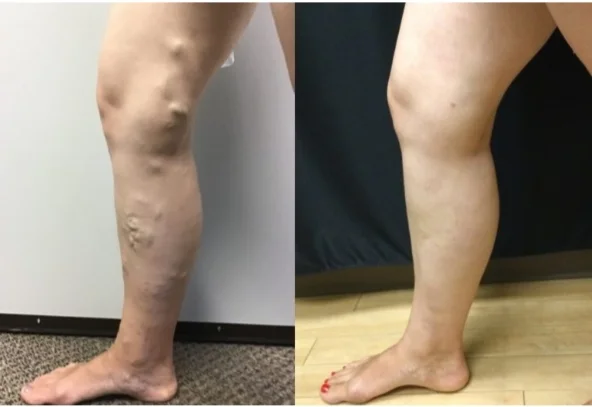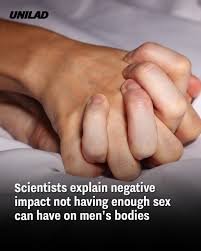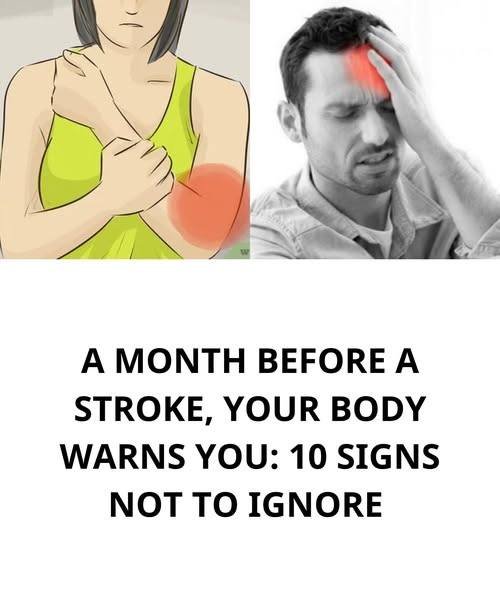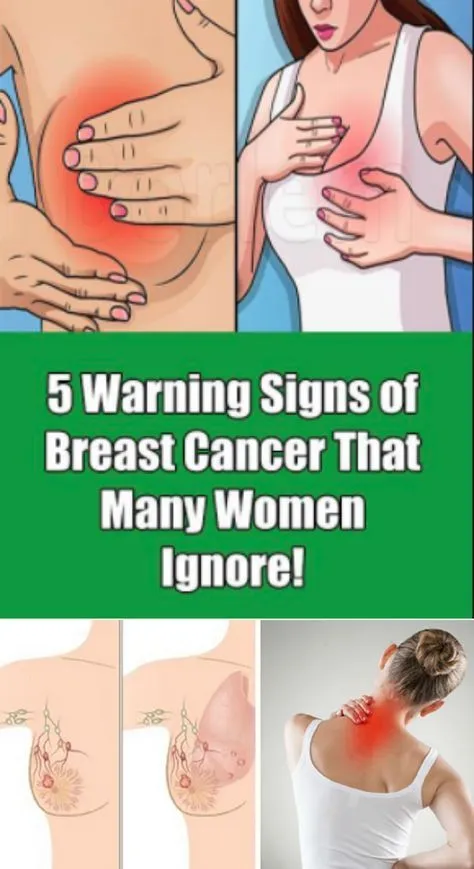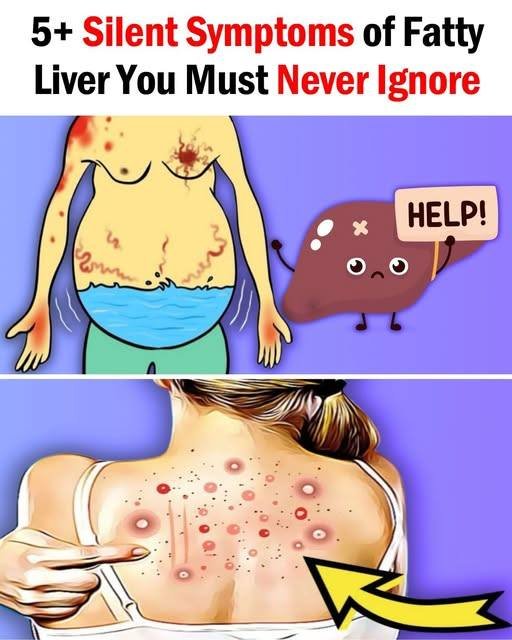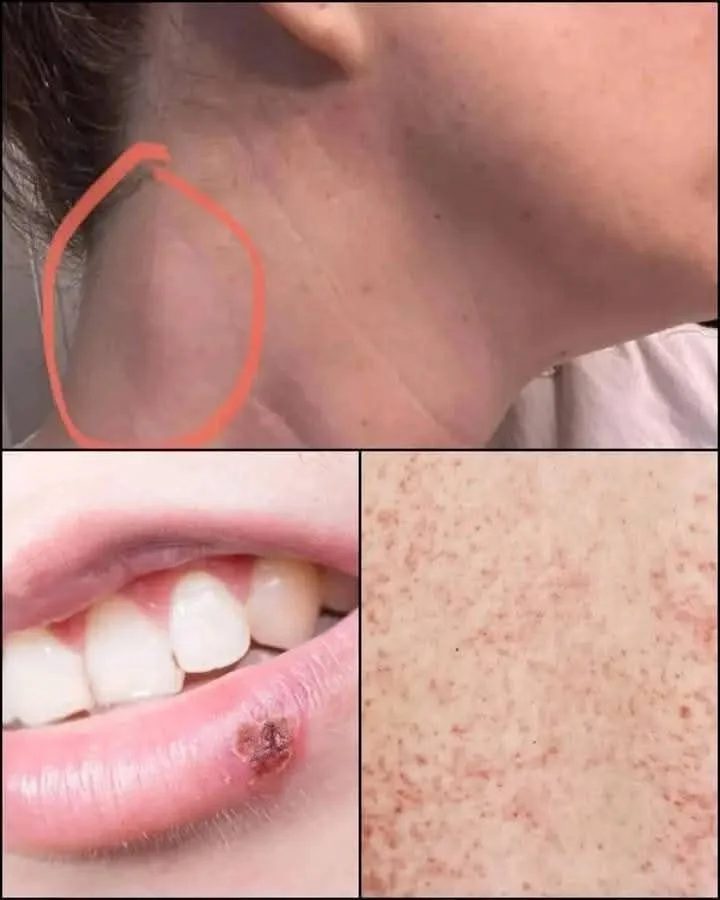If you see these points on your feet, it means you have … see more
pressure. This condition is called reflux and causes the veins to swell, which, in turn, produces varicose veins. Exposed veins are not innately a significant health risk, but they can develop into more serious problems down the road. Untreated varicose veins can become dangerous because the blood that pools due to faulty valves can produce blood clots. This, in turn, can limit blood flow to the heart and overall circulation. Other potential health risks include: Ulcers Skin changes Swollen limbs Swollen limbs More severe complications include venous reflex and deep vein thrombosis (DVT). Venous reflux can produce significant circulatory problems, while DVT can produce serious clots that result in pulmonary embolism or travel to the heart and cause heart attacks or even death.Sometimes, varicose veins are the first sign of chronic venous disease, usually characterized by brawny skin discoloration, typically on the ankles and calves. Pooling blood leaks into the tissue of the lower leg and ankle, resulting in darkening and hardening of the skin and possibly causing skin ulcers that are difficult to heal. Although varicose veins are primarily inherited, you may be able to delay the onset and progression of this condition. Preventative measures include: Maintaining a healthy weight Regular exercise to strengthen calf muscles Elevating the feet while sitting Wearing compression stockings or support hose Avoiding clothing that constricts your waist, groin, or legs, not wearing shoes with high heels, or crossing your legs while sitting may also help avoid developing varicose veins. Oplus_131072 VENOUS REFLUX DISEASE IS PROGRESSIVE — SYMPTOMS CAN WORSEN OVER TIME IF LEFT UNTREATED. Oplus_131072plans cover this procedu HOW CAN VIVAA TREAT VARICOSE VEINS? VIVAA has two treatments available for your care. One is a technique known as endovenous ablation, which uses radiofrequency energy to cauterize and close affected veins. One is called Venefit, and the other is VenaSeal by Medtronic. Venefit This minimally invasive procedure, performed under local anesthesia, leaves little to no scarring. During the process, we insert a specialized catheter guided by an ultrasound transducer into the affected vein through a small incision. Our doctor will then shrink the vein walls around the catheter. A large portion of a vein can be effectively treated in just a few minutes. Many patients sleep through the treatment and report minimal to no marks on their skin afterward. Those treated via Venefit also said they experienced fewer complications, pain, and bruising in the treated area than other treatments. Patients also see faster overall improvement in the problem areas. If you are looking for a treatment that requires little downtime and gets back to your daily routine quickly and conveniently, Venefit may be an excellent treatment option for you. We also use the VenaSeal system to close problem veins safely with a proprietary medical adhesive. Most insurance plans cover this procedure Oplus_131072 VenaSeal The VenaSeal™ closure system offers relief for patients suffering from chronic venous insufficiency by using a proprietary medical adhesive to close the diseased vein permanently. The VenaSeal closure system procedure offers: Rapid return to normal activities after treatment Minimized pain, tenderness and ecchymosis Significant improvements in quality of life WHAT IF YOU OPT NOT TO GET TREATMENT? When you don’t get your varicose veins treated, you’re apt to develop venous reflux disease. Damaged leg veins don’t close properly and become progressively worse over time. The Venefit procedure can significantly mitigate the presence of varicose veins without requiring major surgery. It’s performed on an outpatient basis with only a bandage and compression bandages needed to aid healing. You’ll be able to return to most activities within a few days. Oplus_131072 accordingly. At least compression is advised to prevent this from getting worse. Large blue veins visible throughout legs and hips? Q: During the last six months, I have had large, noticeably blue veins spread rapidly over my thighs and hips. A doctor I consulted said the ultrasound performed on me indicated that they were not varicose veins and that the reason for seeing these was that I was pale. However, I know many people who have skin lighter than mine, and they don’t have them. I don’t think it’s genetic, as my parents don’t have these veins, either. Is this normal? I feel awful and wonder if there is a treatment to lessen their appearance. I’m only 21. A: Looking at the photos, they are not reticular, but the only way to know for sure is via examination. If another ultrasound shows no reflux, your insurance company will consider this a cosmetic problem. If they bother you, we can quickly fix the problem without downtime.
